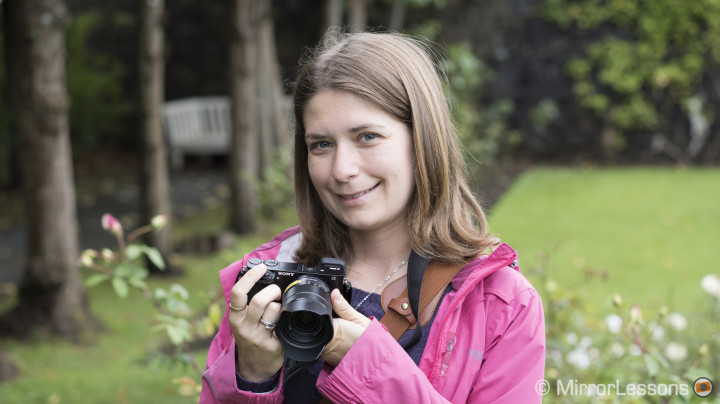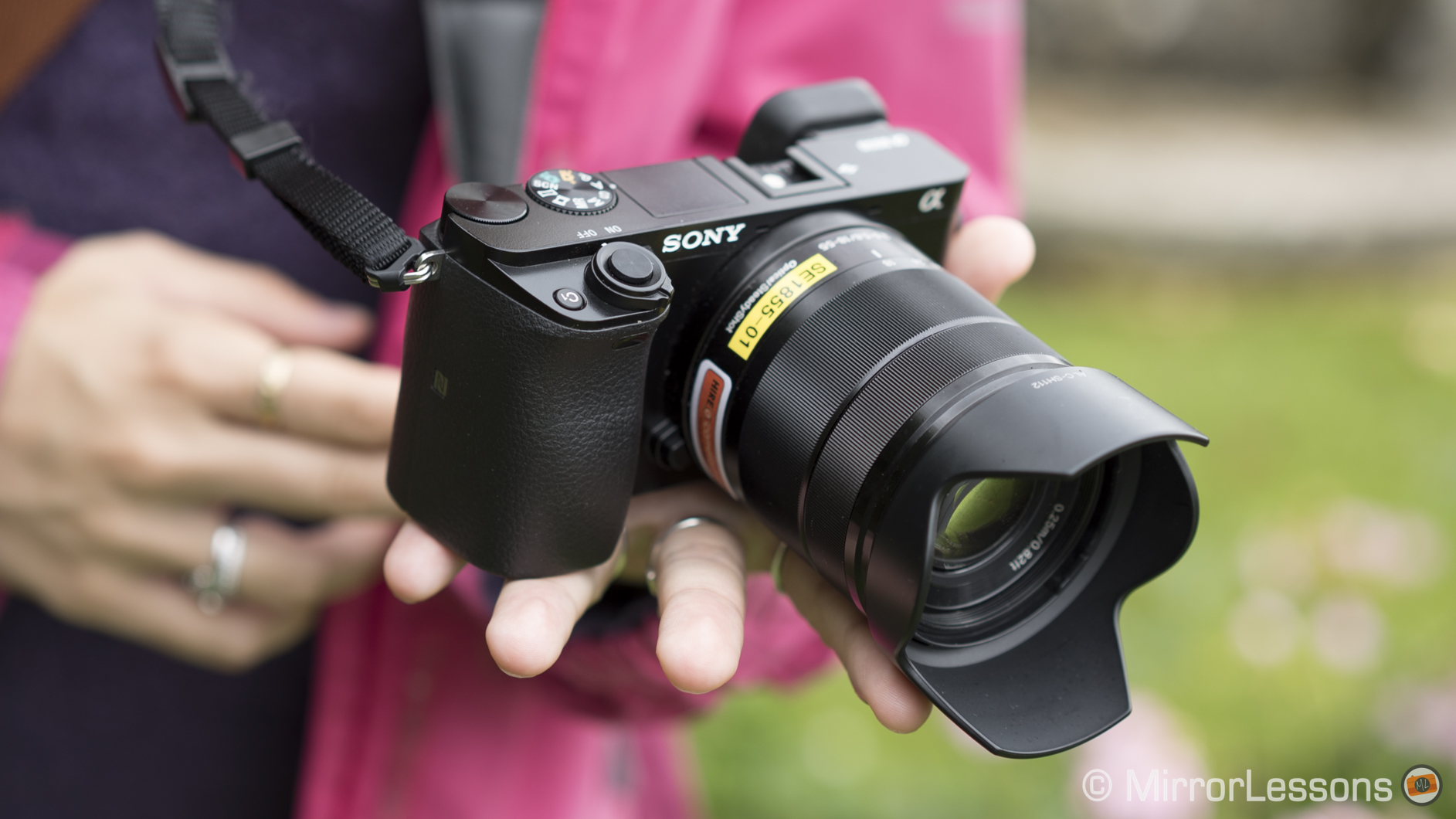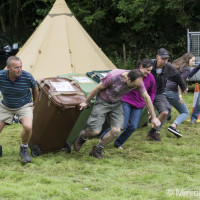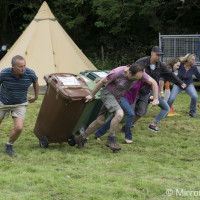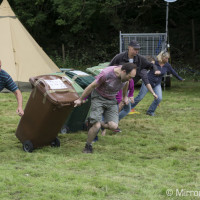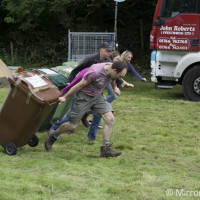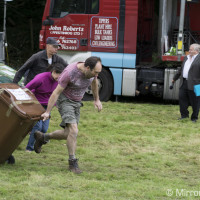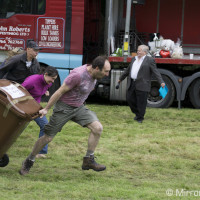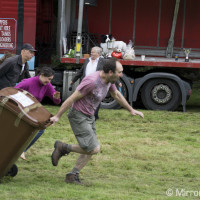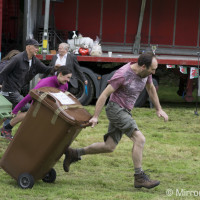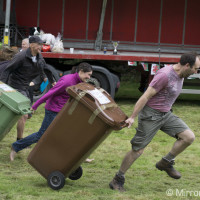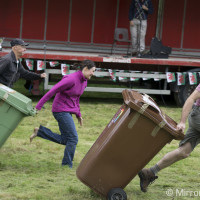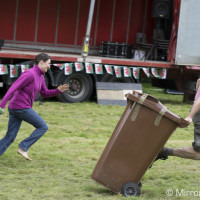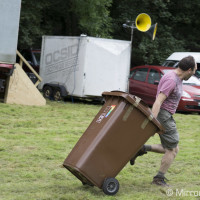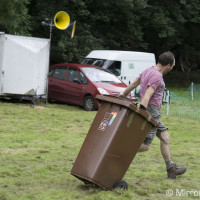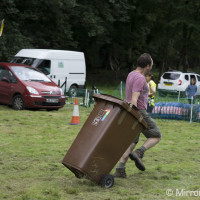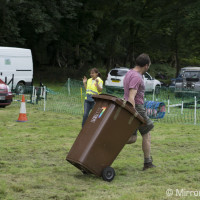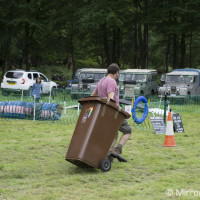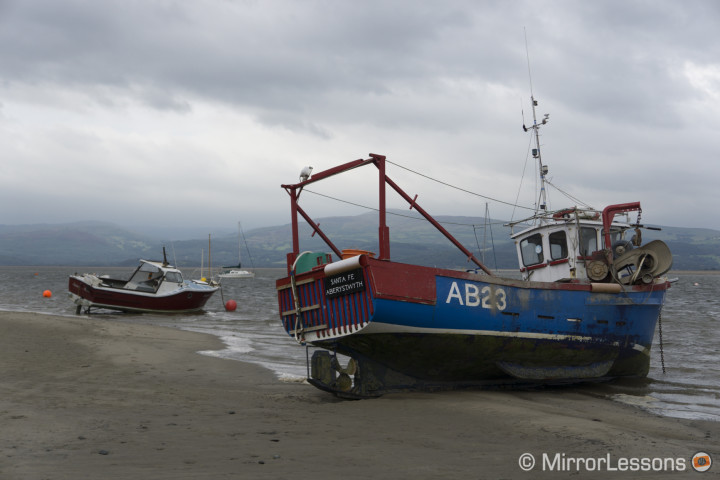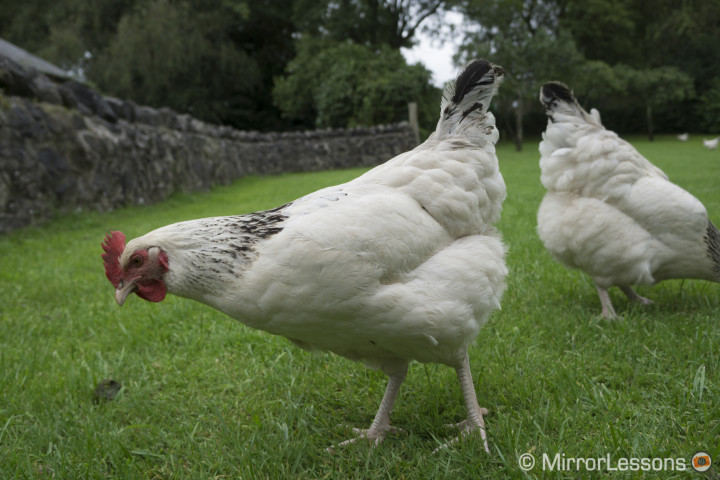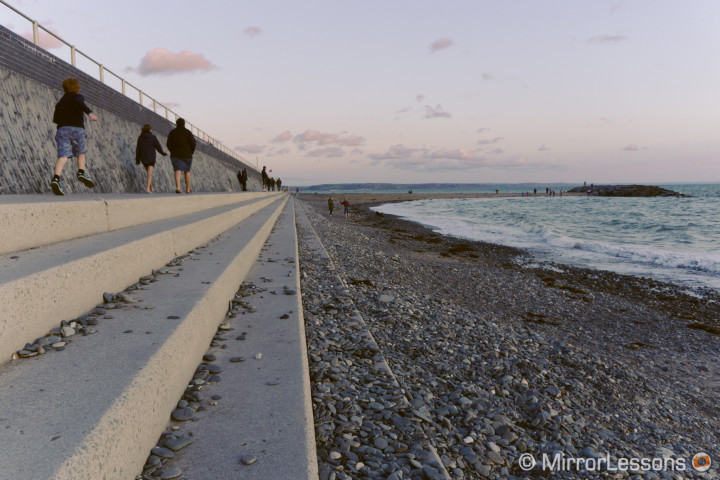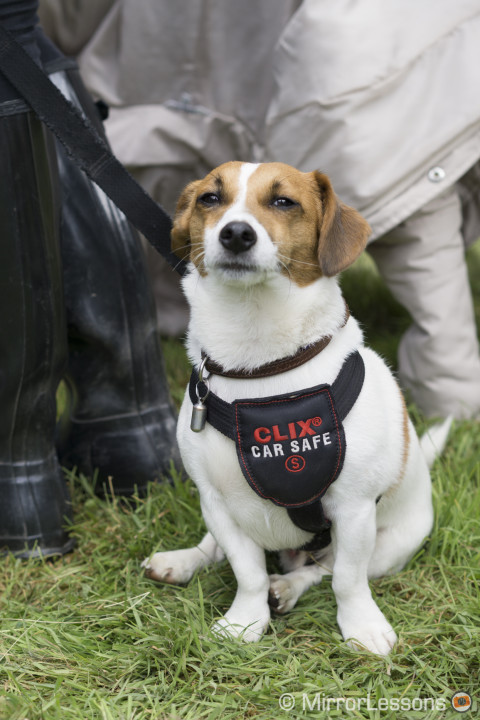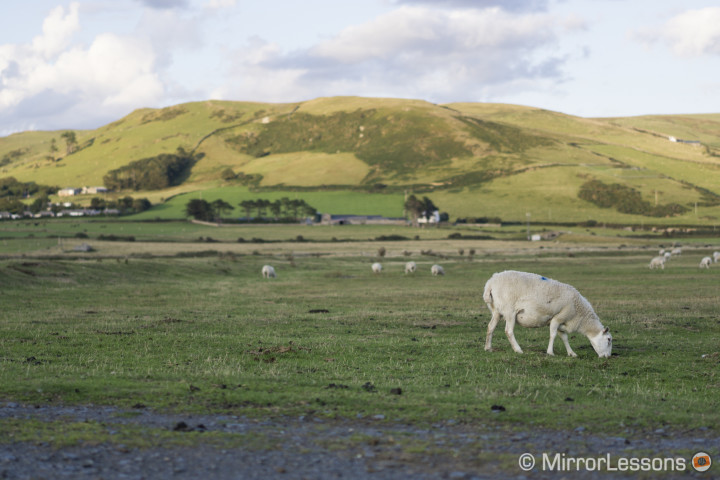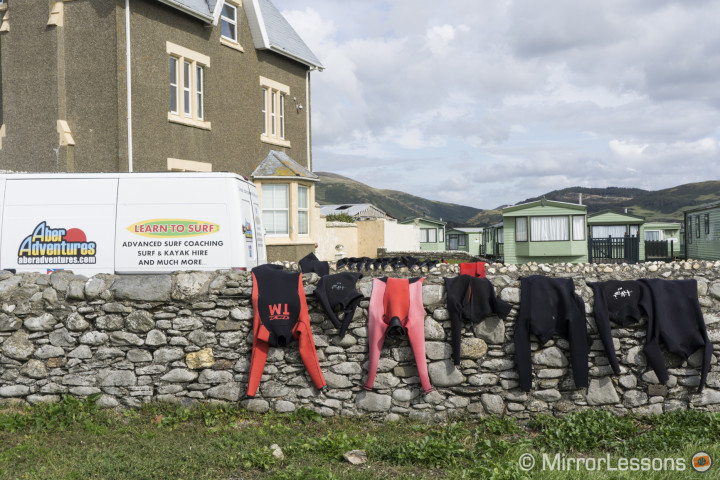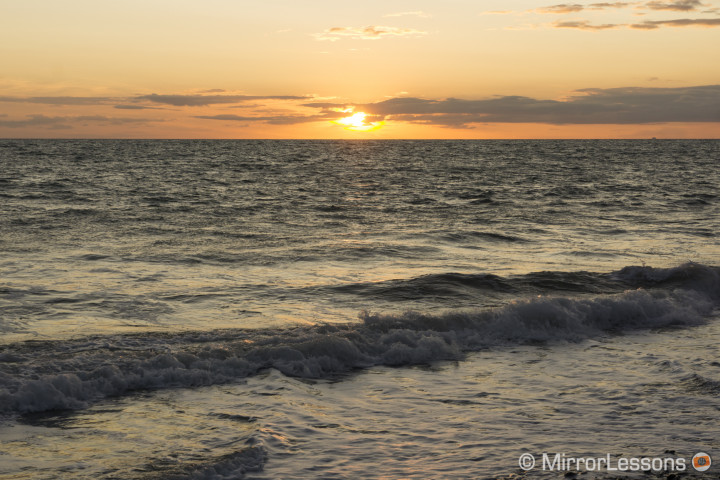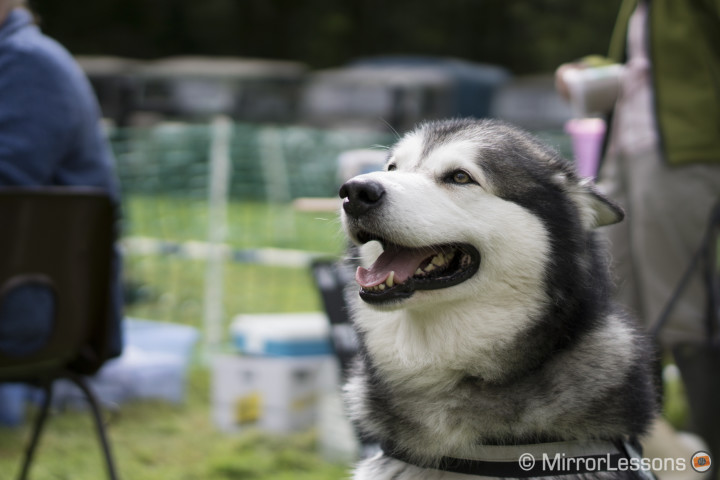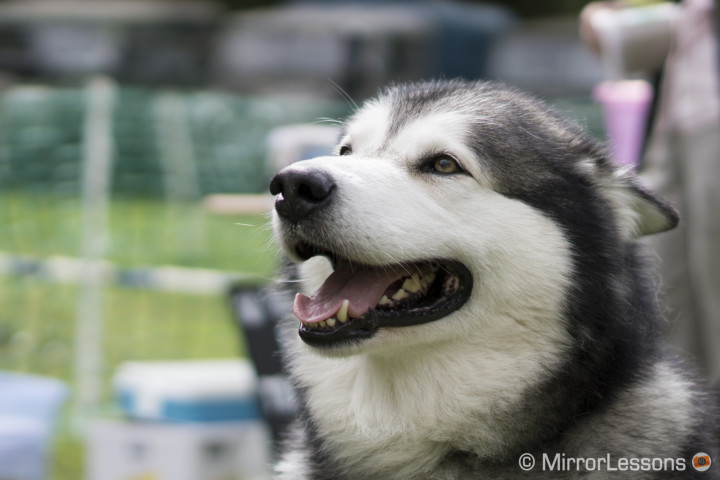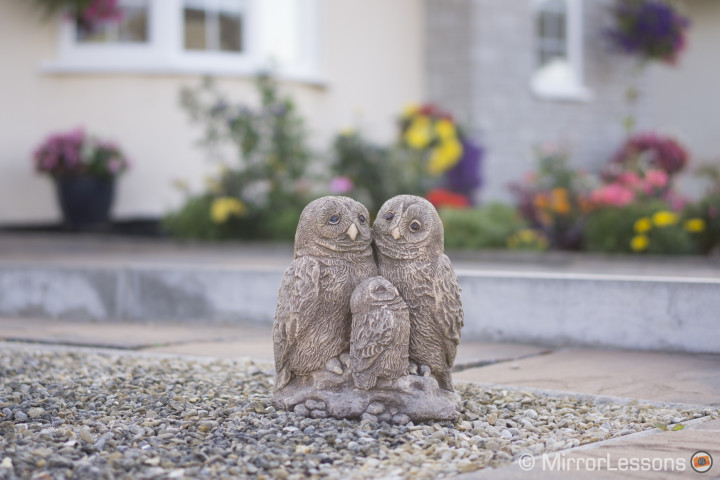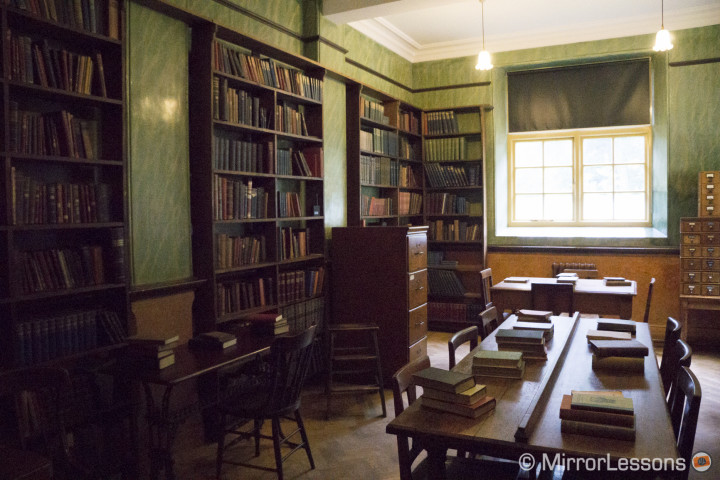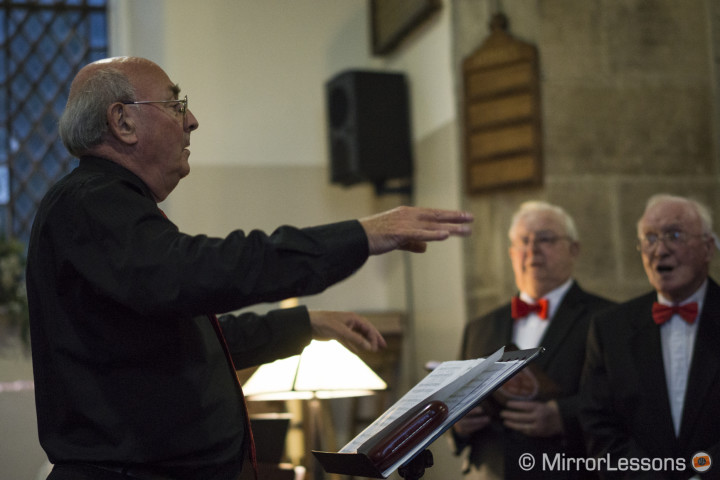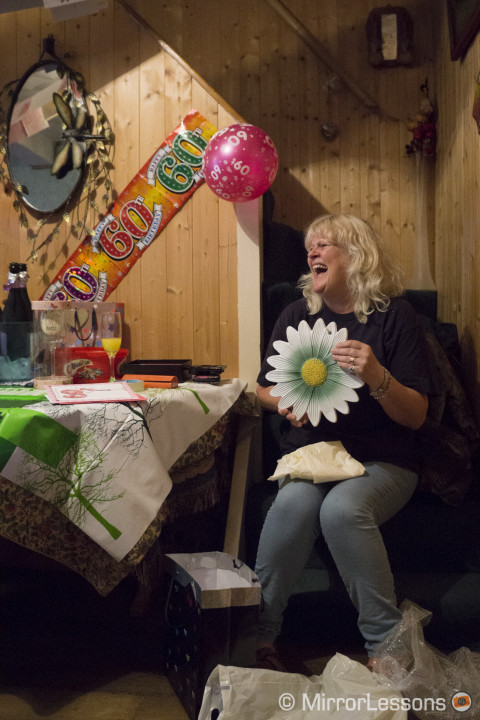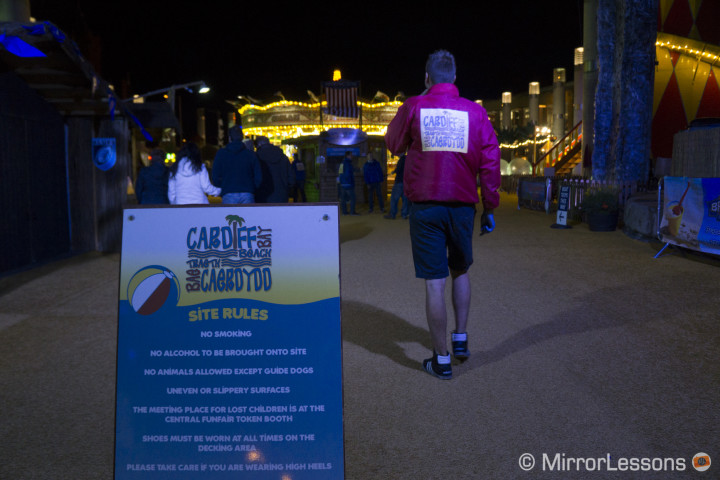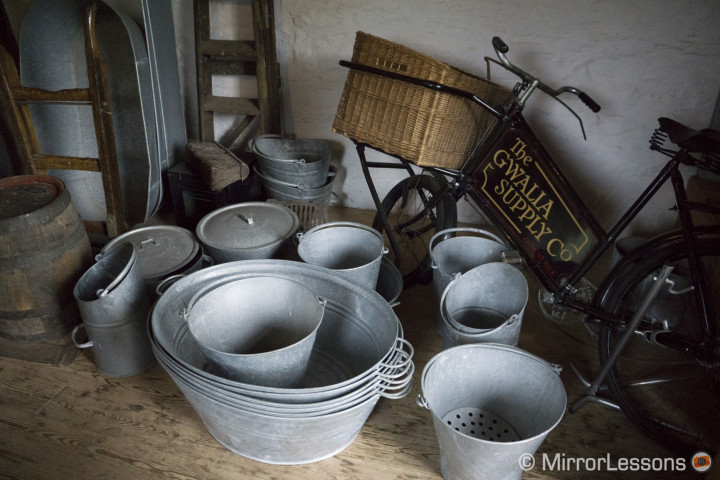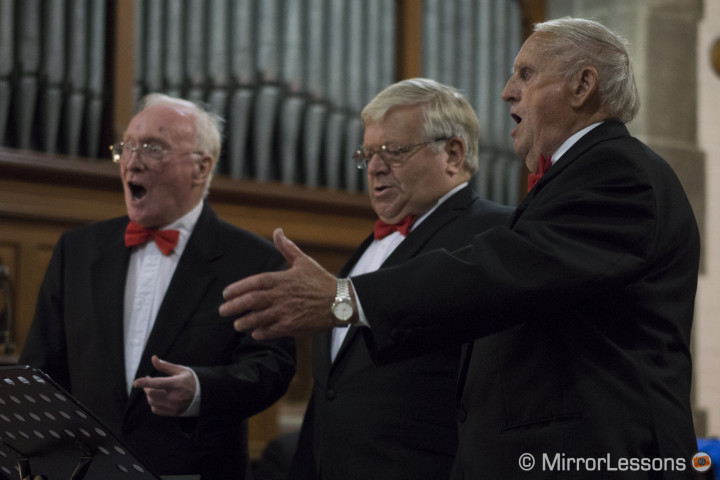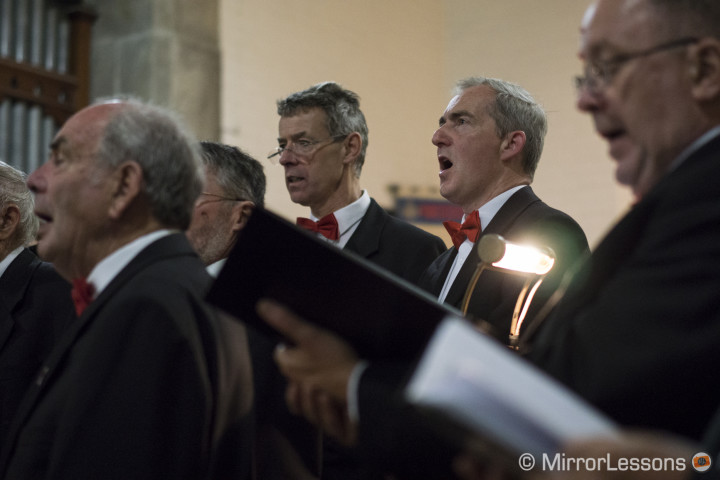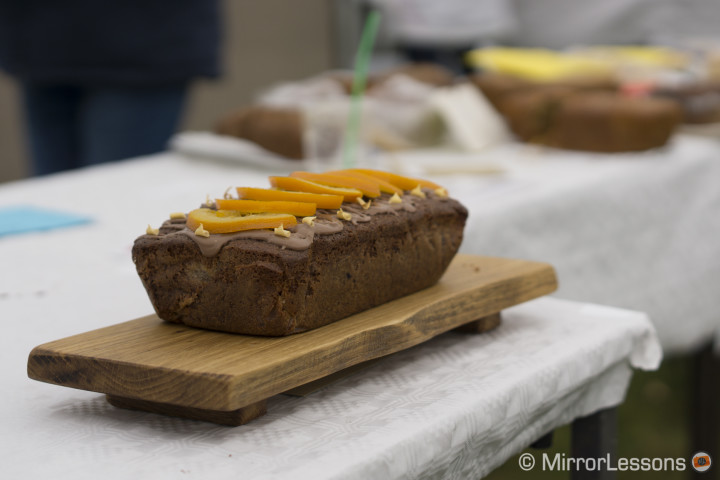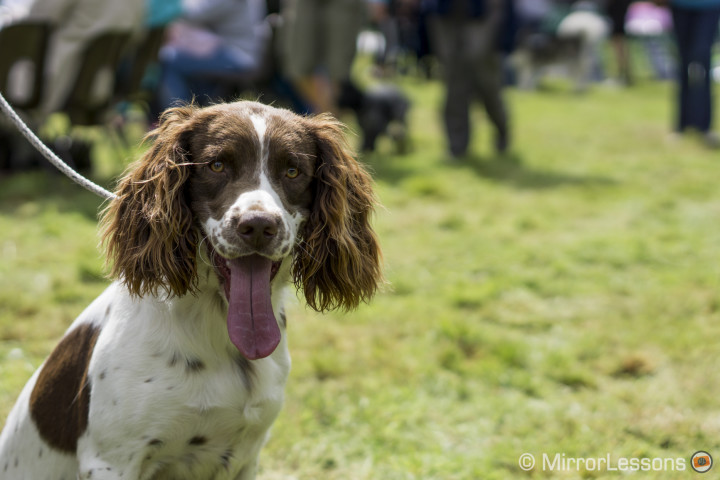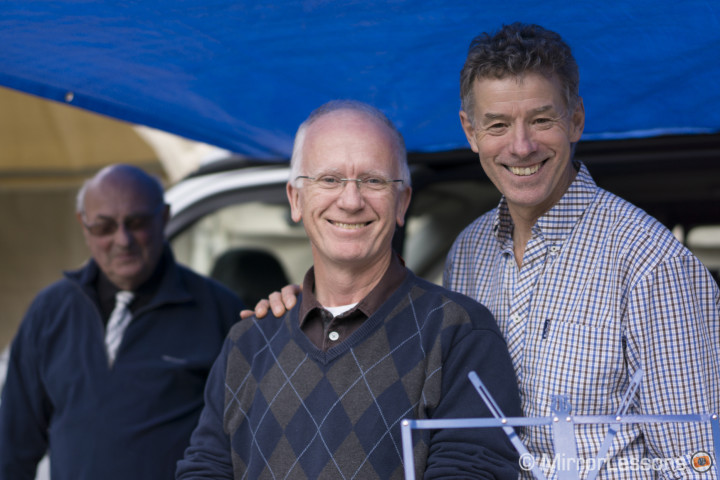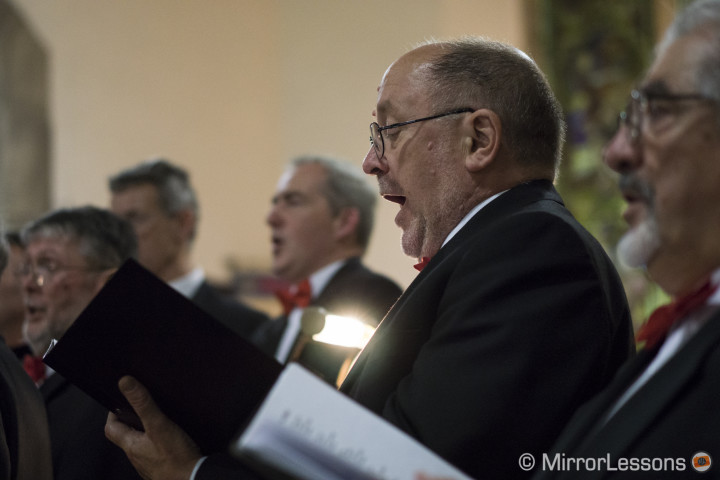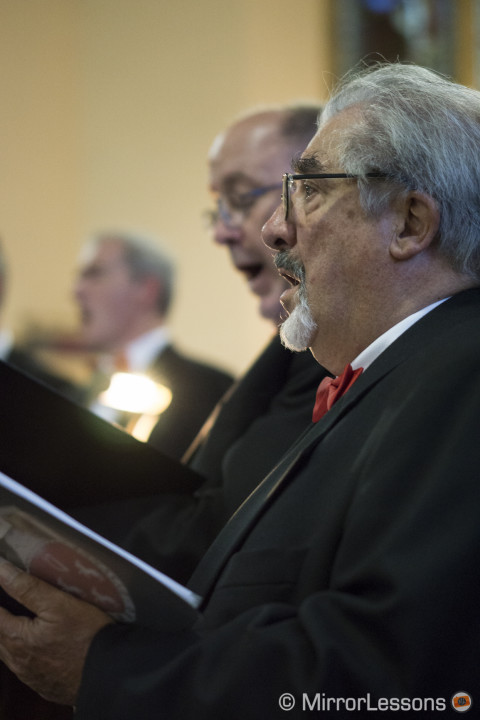We’ve been very keen on testing the Sony a6000 since its announcement back in February 2014, but with so many other interesting cameras emerging around the same time, it sadly fell by the wayside. Mathieu did spend a day with the camera during the Turin Colour Run courtesy of Sony Italia, but it wasn’t enough to write up a substantial review. Thankfully, we recently came across a wonderful service here in the UK called Hireacamera.com, whereby you hire cameras and lenses at a reasonable price for any given length of time. As soon as I saw they had the a6000 in stock, I contacted them and went about preparing for our very first hire!
The Sony a6000 is a mirrorless interchangeable lens camera that replaces its predecessor, the NEX 6. It has taken everything good about this camera and added a few extra bells and whistles to create a compact and efficient image taking machine. Though it looks like a NEX in almost every sense, Sony has renamed it Alpha to simplify their MILC line-up, hence the ‘a’ in the name.
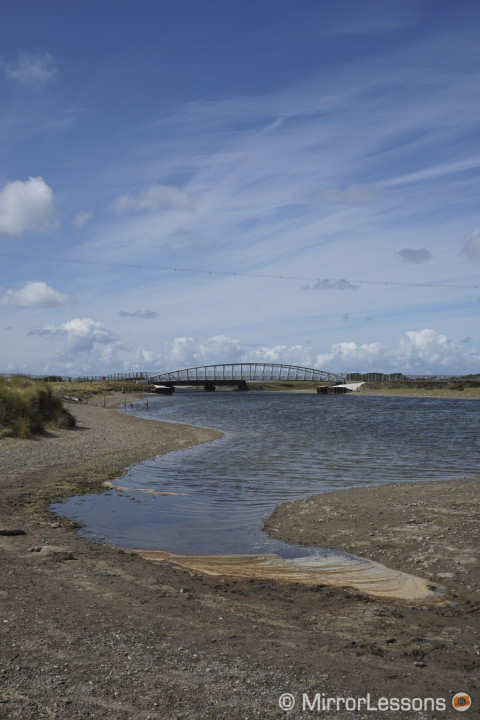
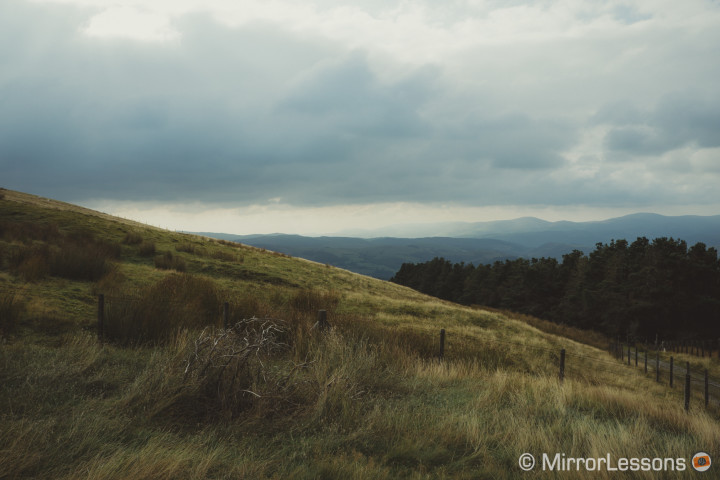
The NEX design improved
In 2013, I had the chance to test two cameras from Sony’s NEX line-up: the original Nex 5 and the Nex 3n. Both left me with a very good impression, though I found it hard to fall in love with the mechanical appearance and feel of the cameras. They were functional, yes, but lacking a certain aesthetic beauty found in other compact system cameras.
The same drawback is still present in the Sony a6000 but it somehow looks and feels more like a proper camera than a small computer with an additional image taking function like the NEXs. The protruding grip is large, deep and covered in a nice “grippy” plastic that gives you confidence in your grasp on the camera. The buttons and dials are solid, well-made and easy to access, but not so accessible that you end up pressing them by accident. It features a very smooth 3-inch tilting screen for low and high angle shots which, while not touch sensitive, is bright, crisp and fairly easy to see in bright sunlight. The viewfinder, too, is enjoyable to use thanks to its realistic representations of the colours in a scene and quick refresh rate.
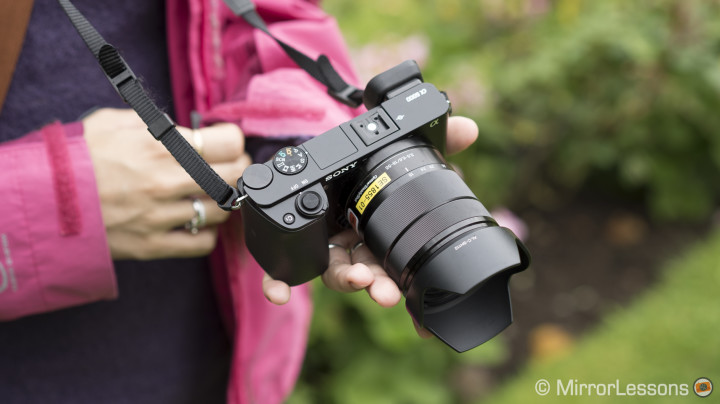
The camera includes a pop-up flash that cleverly rotates upward, making it useful for bouncing light off a ceiling or wall, and a hot shoe for additional accessories.
Those who heavily rely on external controls as opposed to menu digging will love the plethora of function and custom buttons on the camera. Overall, I was pleased with the default functions assigned to each button–the only one I changed was the C2 custom button in shooting mode, as I found it more useful to set it to Centre Lock-On AF (tracking) than the default In-Camera Guide.
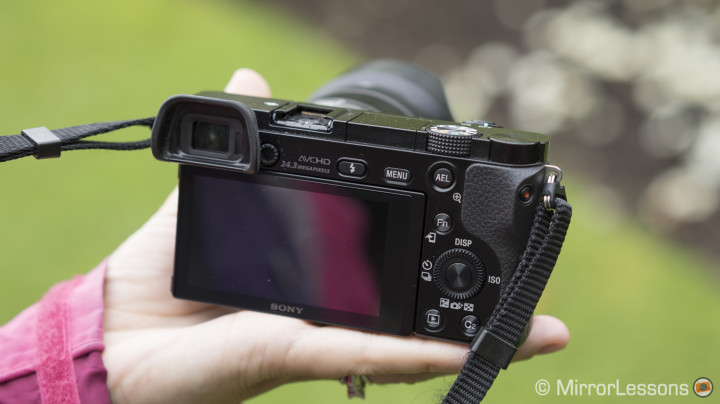
So, if this camera is so well designed, what would I change?
First of all, I feel that it would have made much more sense to place the Centre Lock-On AF function in the Focus Mode menu alongside AF-S and AF-C than in its own sub-menu. Even with it set to the C2 function button, you first have to press the button, select On, and finally, focus on your subject before it will even activate. In the time it takes you to prepare, your speedy subject will have moved on.
I would have also appreciated the possibility to directly change the AF point in Flexible Spot mode using the directional keys on the D-Pad, but this function doesn’t exist on any Sony mirrorless cameras. Hopefully, this is something they will add in the future as it is very a useful feature on the OM-D E-M1. By default, the Focus Area button is set to the centre of the D-Pad. Only after pressing it can you move the AF point around the screen using the directional keys. (An alternative could be to make the LCD touch sensitive on future cameras, as you would be able to choose your AF point with the touch of a finger like on recent Lumix and Olympus cameras.)
Finally, a complaint I had about the NEX cameras has carried over to the a6000, which is the loud shutter. The silent shutter option found on the Sony A7s makes discreet shooting so much easier, so I don’t really understand why Sony wasn’t able to implement the same feature on the a6000.
Speed is the word
The features of the Sony a6000 that have got camera reviewers raving are its incredible hybrid AF system that covers 92% of the frame with 179 phase-detect points, and its tracking capabilities. The Camera Store pitted it against today’s high-end mirrorless cameras in an autofocus showdown a few months back, and they slotted it into second place below the Lumix GH4 for its point-to-point single autofocusing capabilities and impressive 11 fps continuous shooting with tracking AF. Though I didn’t get to do much continuous shooting or tracking during the six days I had the camera, what I did see impressed me.
For example, during a wheelie barrow race at the Abergyolwyn Show, I was able to efficiently track one of the male contestants. My settings were as follows: continuous shooting (medium burst rate), AF-C, and tracking activated via the C2 custom button. For the first seven shots, the man (wearing a pink t-shirt) is in focus. Then, at the eighth shot, the tracking loses its focus and hops to the man standing in the background. However, it only takes a split second for the camera to regain the focus, and continue to track the man until the end of the first lap of the race.
In total, the camera fired off 23 consecutive shots (raw + JPG), at which point the buffer reached its limit for medium burst. (High burst can reach 49 consecutive JPG frames before it fills.) And it is here we have a significant limitation of the a6000–the limited buffer size. By the time the buffer had cleared, the second lap of the race had already finished, so I missed my subject tripping and flying over the finish line, probably the most important moment of the race!
Other high-end mirrorless cameras we own such as the OM-D E-M1 tend to have a better buffer size than the a6000, but they also have a higher price point, so essentially what you are getting with the a6000 is impressive autofocus and tracking sprinkled with a few compromises.
Something I should mention is that a faster memory card can help improve the write speed. Since I was only using a 16GB SDHC card with a write speed of 45MB per second, the rate was much slower than it would have been with a faster card. Shooting only JPGs would have helped as well.
These continuous tracking results are far from conclusive but they do give you an idea of how capable this camera is. To really put this camera to the test, it would be best to attend a high-speed sports event with the right lens, such as the FE 70-200mm f/4, as Gordon Laing did at the Tour de France.
As for single point autofocus, the a6000 is nothing short of impressive in normal daytime conditions. Once you find yourself in a low-light situation, however, you may notice that there is a slight lag between when you half-press the shutter button and when the camera actually focusses. A few times, I missed some tender moments between relatives at my cousin’s birthday, which took place in her darkly lit living room.
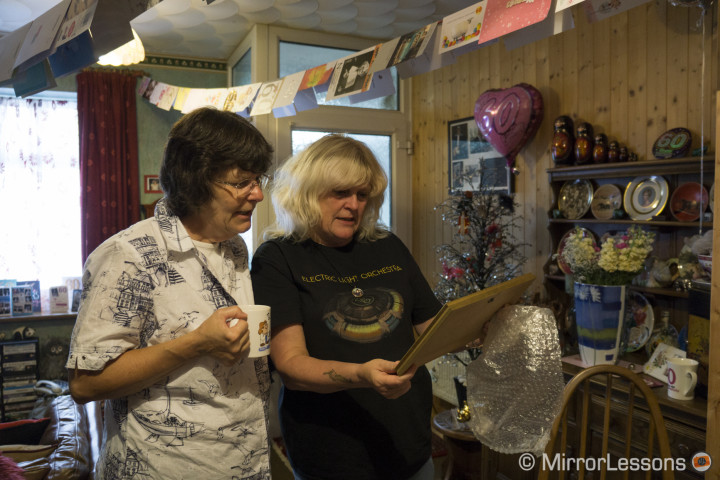
No compromise on image quality
Let me begin by saying that it is nearly impossible to fault the image quality of the Sony a6000.
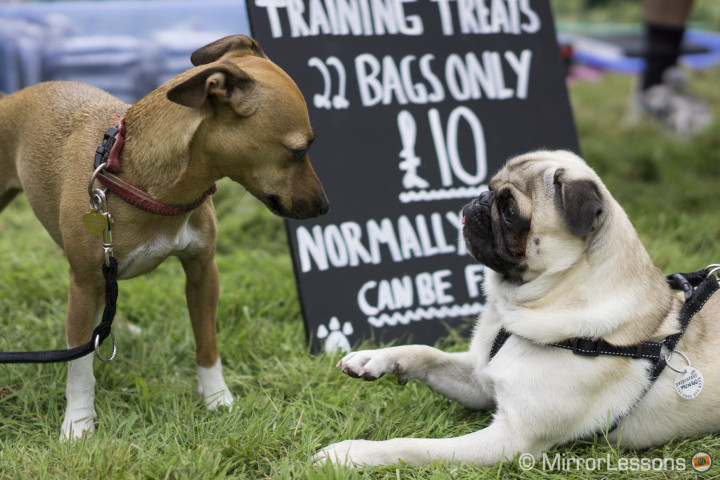
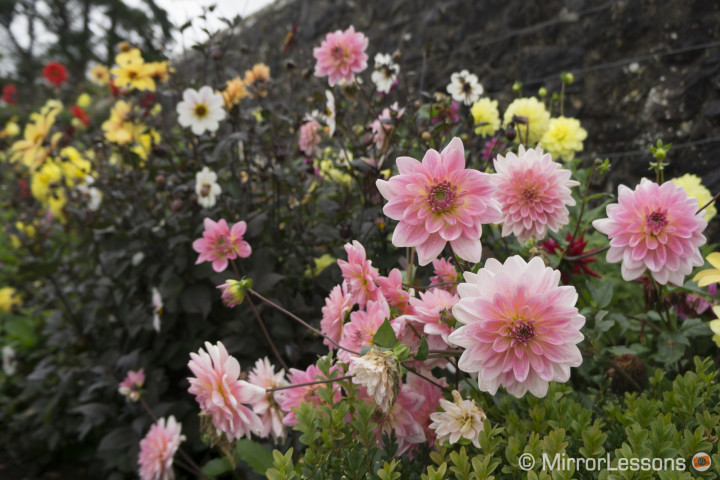
On one hand, you have its 24MP sensor, which provides enough detail and sharpness for those who count their megapixels as if they were bars of gold, but not so much that the camera files become excessively large. The two examples below show you that even if you decide to drastically crop your image, it will retain enough detail to be used for small prints and online sharing. I don’t encourage cropping as doing so can ruin your original composition, especially in the case of wide-angle shots, but it is comforting to know that the a6000 files give you that option.
On the other, you have incredible dynamic range, realistic colours and excellent high ISO performance up to 12800. Even the JPG engine does a fine job in all conditions.
First, let’s touch upon dynamic range, as it is the aspect that impressed me the most. It is incredibly easy–perhaps too easy–to recuperate details in the shadows and highlights of any image. I have opened the shadows to +100 in Lightroom on a few images, and the result has always been satisfying with minimal noise and good retention of detail. Below are two examples where I completely opened the shadows in post production.
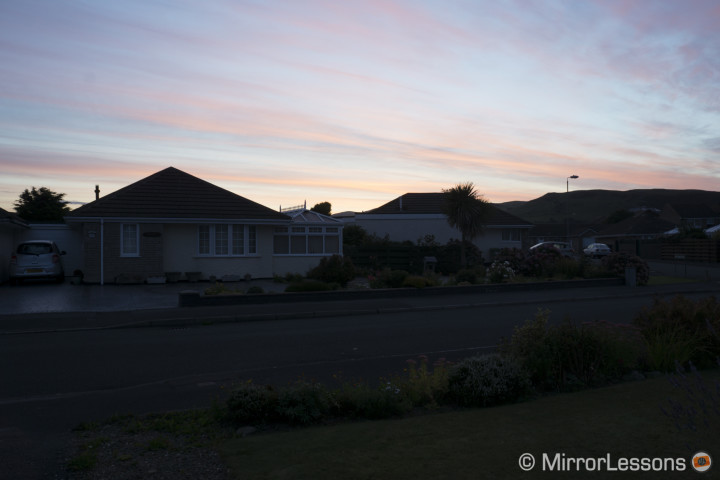
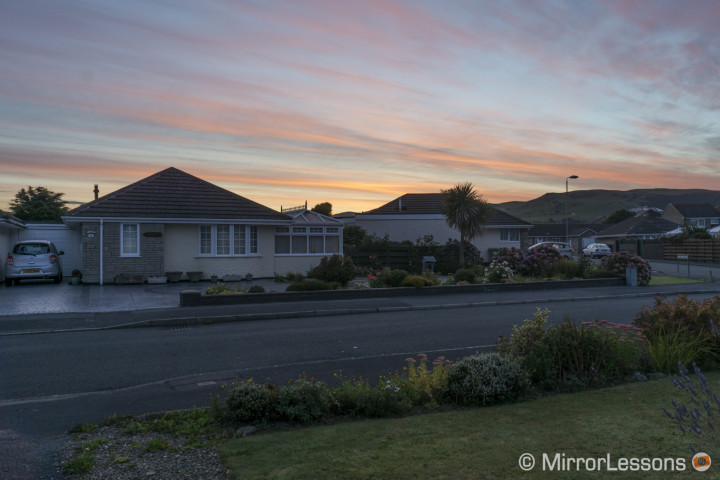
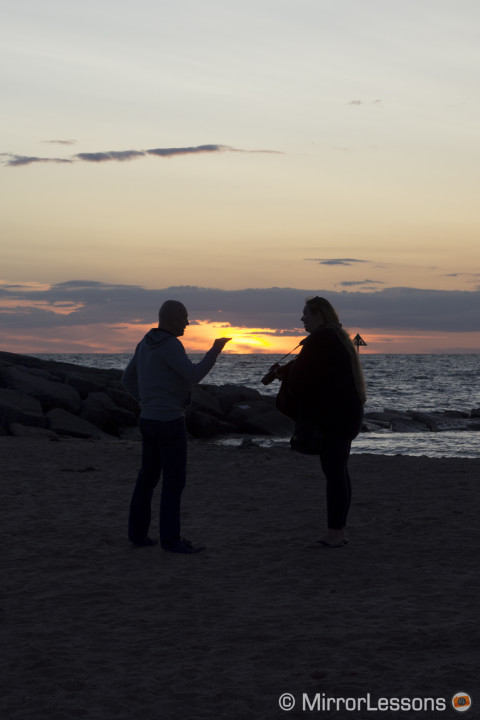
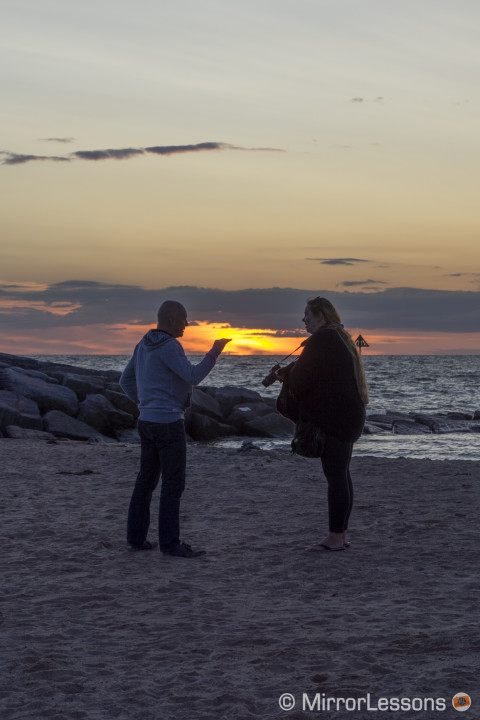
The same quality can be found when recuperating highlights as well, as you can see in the example below of the sunset where the sky is almost completely washed out in the original raw image. It is almost akin to working with an HDR image.
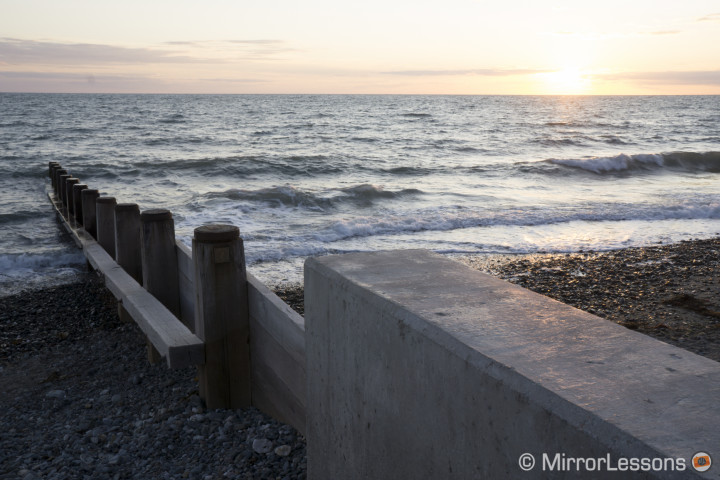
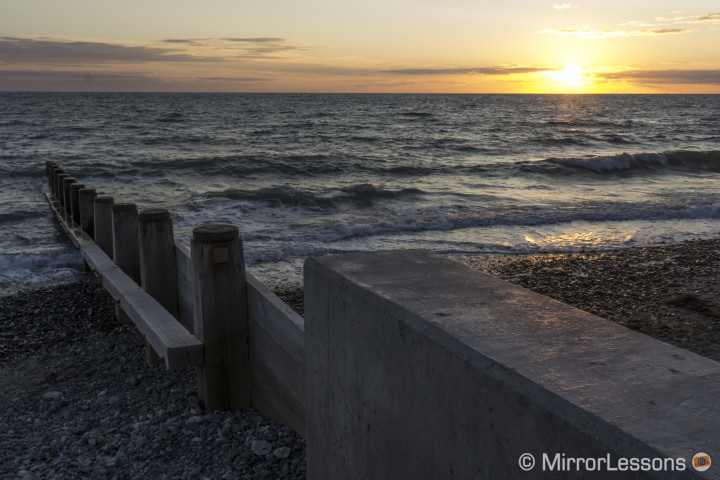
The Sony a6000 colours are equally as impressive as the dynamic range, almost always providing a true representation of the colours in a scene. The only exception is with files at very high ISOs (mainly 25600) where the loss in detail affects the overall vibrancy of the colours. I find the colours so trustworthy that I often found myself using the JPGs with the standard profile rather than the raw files, as they needed very little tweaking in evenly-lit situations where there weren’t too many dark shadows or bright highlights.
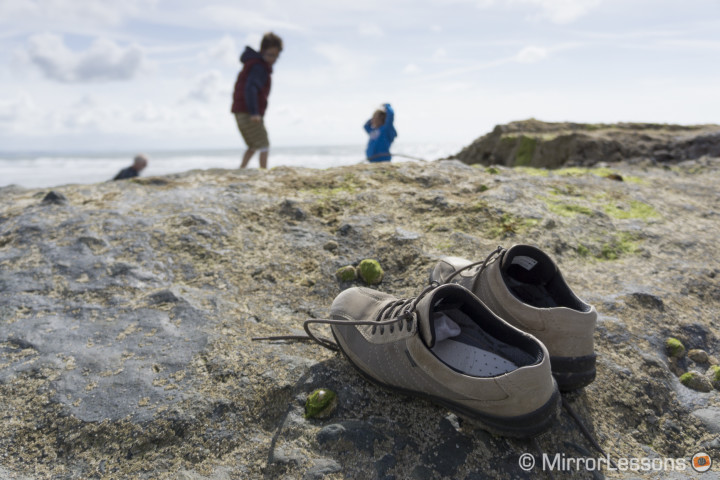
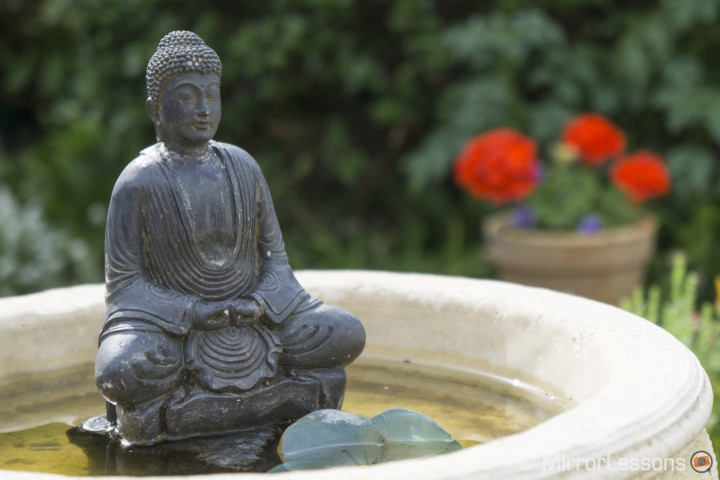
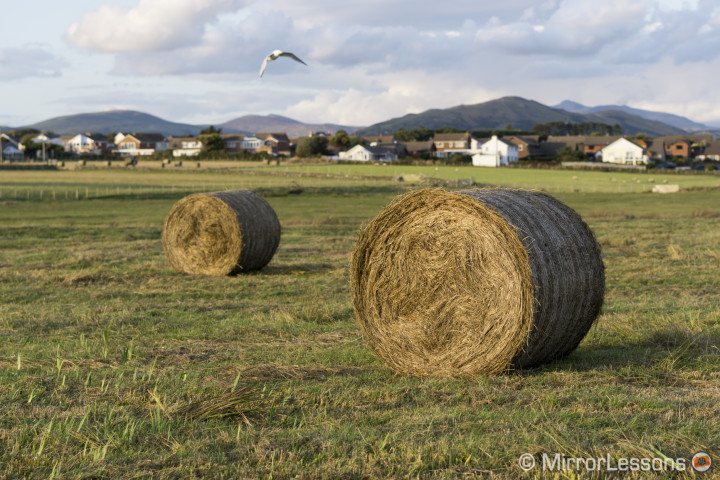
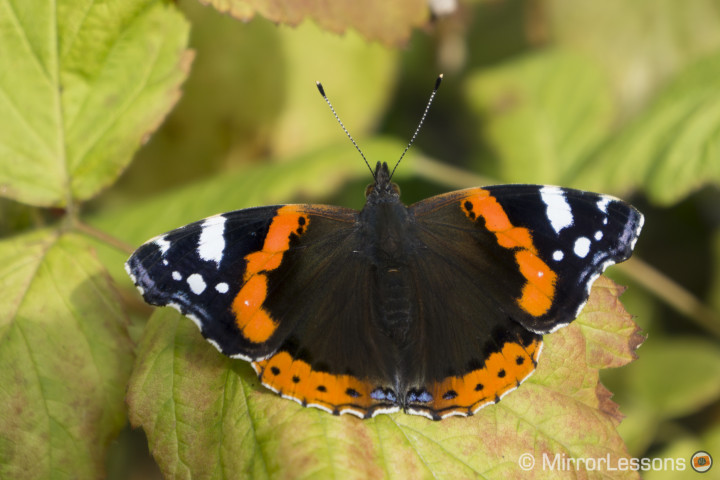
Moving on to high ISO performance, the Sony a6000 does a good job of controlling noise up to 6400. In extreme circumstances, you can use 12800 ISO, but you will notice a significant deterioration in quality and excessive noise at the highest ISO speed of 25600. This is particularly true of the raw files, where data that Lightroom cannot recuperate takes on a purplish hue.
The JPG engine gives you three Noise Reduction (NR) options: Off, Low and Normal. By default, it is set to Normal but I feel the camera applies far too much noise reduction at this level, giving the images a mushy appearance even at 1600 and 3200 ISO. Optimal JPG results can be achieved with NR set to Off or Low depending on your personal preference. Below you can see three images taken at 12600 ISO with the different NR options activated:
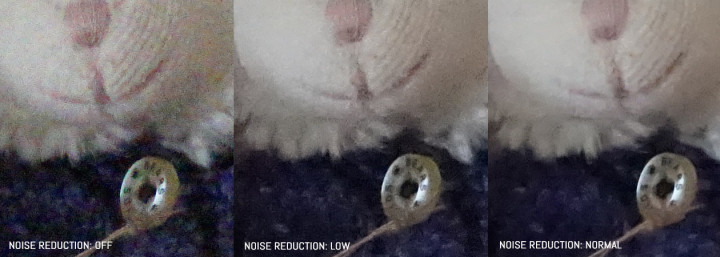
Though I used the 18-55mm f/3.5-5.6 kit lens for much of my daytime testing, I ended up switching over to the FE 55mm f/1.8 (a lens for Sony’s full-frame mirrorless series) for much of my low-light shooting as the very fast aperture allowed me to keep my ISO to 1600 and 3200 and my shutter speed between 1/50 and 1/100.
Below you can see a series of images taken over the past six days in various low-light situations, from the Cor Meibion Dysynni male choir concert in a dark church and the local Cardiff fair to my cousin’s birthday party and the interiors of the houses at the pioneer village of St. Faggins.
Extra functionalities
WiFi and NFC functionalities are basically a given on new MILC cameras like the Sony a6000. Using the free Sony PlayMemories app, you can transfer JPGs onto your Android or iOs smartphone, or remotely control the camera with the Smart Remote app found in the App menu on-camera. There are also other apps you can download to the camera (some for a small fee) including Time Lapse, Facebook, Flickr and Multiple Exposure but the most essential apps are already installed. I’m personally not a huge fan of WiFi as I like playing with my raw files in post-production but it can be very useful at an event (such as a wedding or corporate function) where images have to be uploaded quickly and efficiently to the Web or social network.
The Panorama mode (found on the mode dial) is good fun for landscape images, though it may take a few tries to get the image right. If you sweep too quickly or slowly, a message will pop up on screen telling you to adjust your sweeping speed. Below is a quick panorama I took at the beach. As you can see, the camera managed to switch the image together nicely.

For this particular review, I did not do any video shooting due to the limited time I had with the camera. However, the Sony a6000 specs say it all: high speed frame rates up to 60fps at full resolution, 1080p image, magnified focus assist that can be activated while recording, focus peaking, and zebra, all in a small mirrorless package. It may not be a Lumix GH4, which shoots 4K and has mic/headphone sockets, but it is certainly one of the best consumer cameras for video to date.
Using the FE 55mm f/1.8 on a Sony APS-C
While most of my shooting was done with the 18-55mm f/3.5-5.6 that was sent to me, I also used the FE 55mm f/1.8 for quite a few shots. The 55mm was actually designed for Sony’s full-frame mirrorless series but I enjoyed using it as a semi-telephoto portrait lens (82mm equivalent) on the a6000. Not only did it allow me to achieve a shallower depth of field than with the 18-55mm but it also made shooting in low-light conditions easier as I could choose a faster shutter speed and lower ISO.
 What I like about the Sony a6000
What I like about the Sony a6000
- Light and compact
- More attractive and less mechanical design compared to previous NEX cameras
- Fast and accurate AF in tracking mode
- Great image quality in terms of detail, sharpness, high ISO performance, dynamic range and colour
- Wonderful viewfinder and handy tilting LCD screen
- Works well as a video camera with 60fps, 1080p image, magnified focus assist, focus peaking, zebra and more
 What I don’t like about the Sony a6000
What I don’t like about the Sony a6000
- Loud shutter with no silent shutter option
- A bit awkward to access tracking (Lock On AF), which is a shame as it is a prime feature of the a6000
- A bit cumbersome to change AF point compared to its competitors
- Limited buffer size
